 To win new clients and build your clientele, you need a "core story," according to Alex Nottingham, a business consultant, executive coach, lawyer and author. He spoke at the PILMMA national marketing summit in Las Vegas today.
To win new clients and build your clientele, you need a "core story," according to Alex Nottingham, a business consultant, executive coach, lawyer and author. He spoke at the PILMMA national marketing summit in Las Vegas today.
The three most dangerous trends facing personal injury lawyers.
Marketplace Clutter: in 1992 consumers received an average of 3,000 commercial messages per day. Today it's 30,000. Therefore, differentiation is a must.
Competition: 18% of attorneys are in plaintiff personal injury practices - some 240,000 lawyers -- and it's a $51 billion industry. Media choices have skyrocketed: in the 1960s people watched on three networks but today viewers can choose from hundreds of channels. In 2004, lawyers spent $250 million on TV advertising. In 2008 it jumped to $500 million. It will soon be $1 billion, according to Nottingham.
Consolidation: 89% of law firms have fewer than 20 employees. Smaller firms are terminating employees to reduce their cost costs. With fewer hands on deck, law firms need to find a new form of marketing that involves a systematic approach.
Four Reasons why clients don't hire you.
- Clients don't have access to you. They can't find you on the web, their friends haven't heard of you and they haven't seen your marketing.
- They need to be educated about you. Potential clients are scared and need information to before making a buying decision.
- Negative buying criteria. Clients have a negative perception as plaintiff PI lawyers as ambulance chasers. The more lawyers can educate potential clients about the results you bring them, the more confidence they have in you.
- Clients don't see you as special. They see you the same as any other lawyer.
Nottingham said lawyers need a core story, which an education-based marketing system designed to systemically accelerate business growth. You will attract more buyers if you teach them something. Only about 3% of your audience is ready to buy now, and you're competing for them against the entire phone book.
A core builds trust and includes:
A stadium pitch to capture their attention. Imagine you could make a presentation in a stadium filled with every potential client you could have. "What would you say to grab people's attention and make them hire you? The typical person's attention span is only 8 seconds," he said. A bad pitch would be, "Let us tell you about how our law firm has been around for 30 years." This is self-focused and 90% of listeners will walk out. A good pitch would be, "Here are the four tricks creditors use to keep you in debt."
Wow data. Include a gripping statistic about a client problem in your story. Problems are 5 times more persuasive than pleasure, according to Nottingham. For example, the headline for your core story can be "54 million Americas are unable to work from a disability that changed their lives" or "The average person will get into 6 car accidents in their lifetime." Present the data on your website and in your ads. Get the data from the US Census Bureau, and CNN.com.
Solutions. Give them a way to solve their problem -- something practical they can put to use right away. For example, give potential clients an accident notebook to put in their car's glove box. Advise them to see a doctor even though you don't feel hurt.
Differentiation. Talk about how you are different -- for example, that you have a client hotline or that you return phone calls the same day. Set forth a case study that shows how you took a person from a terrible situation and improved their lives.
Then lawyers should deploy their core story, using newsletters, referrals, radio, TV, partnerships and the Internet. "By putting a client's pain points on your web site, you can overcome the reasons that potential clients don't buy," he said.
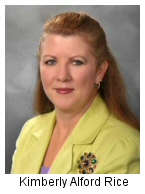 The best law firm marketing program can be found at 800-lawyer King & Spalding, according to the new issue of the Marketing the Firm newsletter.
The best law firm marketing program can be found at 800-lawyer King & Spalding, according to the new issue of the Marketing the Firm newsletter.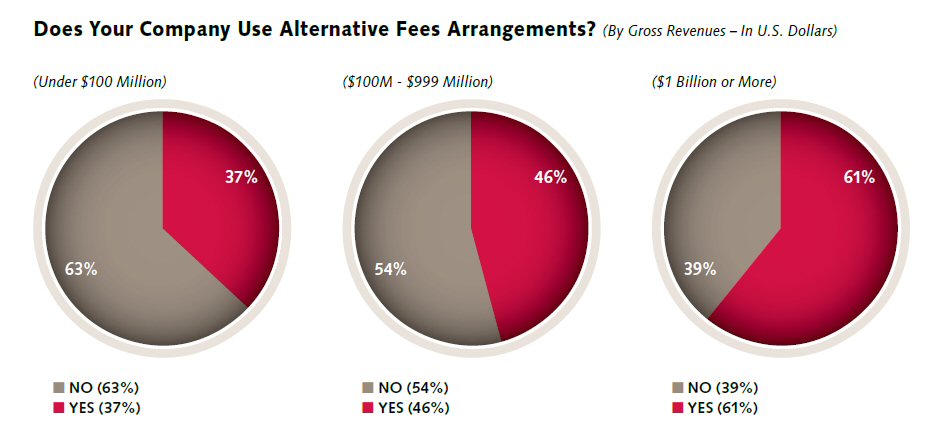
_0.jpg)
 My friend
My friend 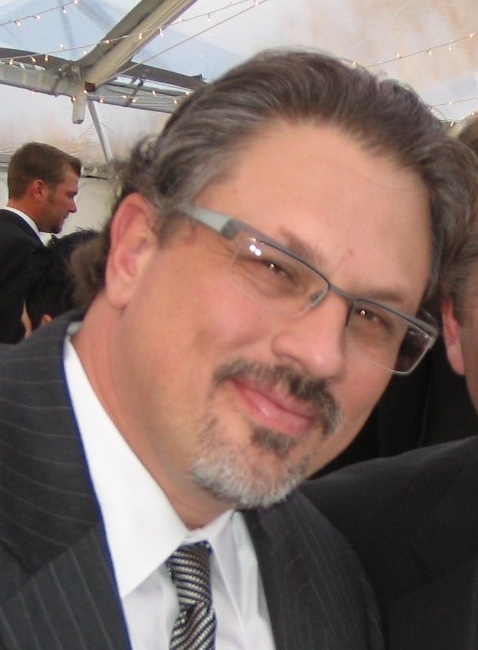 Marketers know it's a struggle to get lawyers to becoming active on social media, even though it's for their own good. Now comes the
Marketers know it's a struggle to get lawyers to becoming active on social media, even though it's for their own good. Now comes the 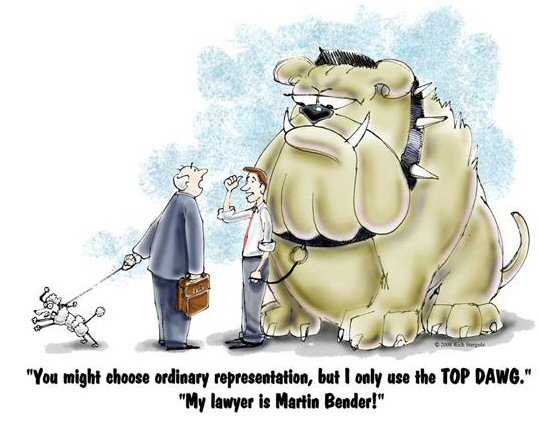 With the holidays upon us, what gift do you get for your favorite law grad, partner or associate? To bring a smile to their faces give them a funny drawing featuring the lawyer's name at
With the holidays upon us, what gift do you get for your favorite law grad, partner or associate? To bring a smile to their faces give them a funny drawing featuring the lawyer's name at  I found this great blog post by
I found this great blog post by 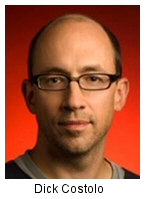 Twitter CEO Dick Costolo said that it has more than 100 million active users and that more than 50% login every day.
Twitter CEO Dick Costolo said that it has more than 100 million active users and that more than 50% login every day..jpg) A disciplinary committee of the Virginia State Bar on Tuesday ruled that a Richmond, VA, lawyer violated a rule requiring a lawyer to get a client's permission before blogging about their legal cases.
A disciplinary committee of the Virginia State Bar on Tuesday ruled that a Richmond, VA, lawyer violated a rule requiring a lawyer to get a client's permission before blogging about their legal cases. Businesses in the United States initiated and faced slightly less litigation in 2011 than in 2010. But regulatory actions and internal investigations are climbing, according to the
Businesses in the United States initiated and faced slightly less litigation in 2011 than in 2010. But regulatory actions and internal investigations are climbing, according to the  Lawyer
Lawyer  I found a great post titled "
I found a great post titled " To win new clients and build your clientele, you need a "core story," according to
To win new clients and build your clientele, you need a "core story," according to 
.jpg) I can save you from spending $16 and reading 178 pages. I just heard Michael Gerber speak about his book
I can save you from spending $16 and reading 178 pages. I just heard Michael Gerber speak about his book 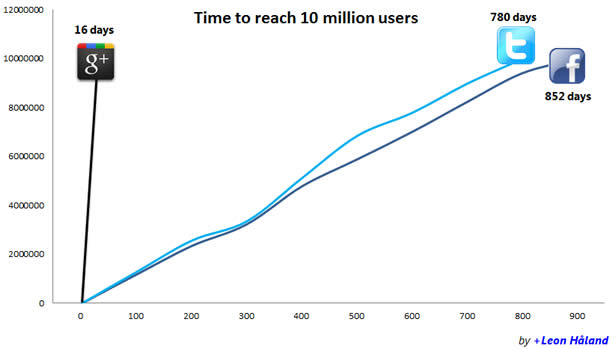 ame Google's earnings report stating that Google+ is up to 40 million members. Well shut my mouth. That's a monster increase. It appears that people do have the bandwidth for a new social network. I personally made room in my life for Google+ by deleting my Facebook page. It was a complete waste of time.
ame Google's earnings report stating that Google+ is up to 40 million members. Well shut my mouth. That's a monster increase. It appears that people do have the bandwidth for a new social network. I personally made room in my life for Google+ by deleting my Facebook page. It was a complete waste of time. It’s easy to be critical of lawyer TV commercials. But when done right TV advertising can actually alert the public to unknown dangers. For example, a new lawyer advertising campaign by the personal injury firm
It’s easy to be critical of lawyer TV commercials. But when done right TV advertising can actually alert the public to unknown dangers. For example, a new lawyer advertising campaign by the personal injury firm 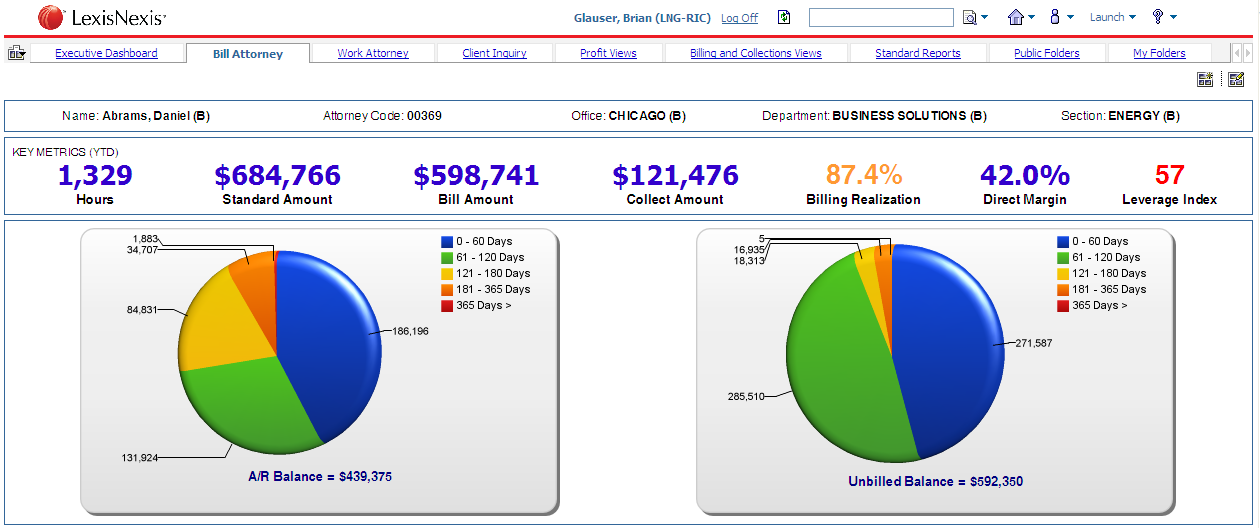
 Most business law firms devote their efforts to cultivating the General Counsel in their efforts to win corporate business. However, a new study by the British
Most business law firms devote their efforts to cultivating the General Counsel in their efforts to win corporate business. However, a new study by the British .gif) The average Facebook user spent 7 hours and 45 minutes on the site during August 2011 according to
The average Facebook user spent 7 hours and 45 minutes on the site during August 2011 according to  The death of Steve Jobs is a huge loss for America, especially in a world where we have billions of competitors in China and India. We need more innovators like Steve Jobs. We need more lawyers who are like Steve Jobs.
The death of Steve Jobs is a huge loss for America, especially in a world where we have billions of competitors in China and India. We need more innovators like Steve Jobs. We need more lawyers who are like Steve Jobs. 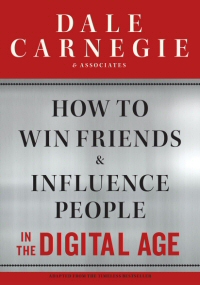 I read the 75-year old book "How to Win Friends and Influence People" when I was in junior high, and it changed my life. I tried to adopt every recommendation Dale Carnegie made -- be a good listener, admit mistakes promptly and smile more often. His book is where lawyers should start when building their own clientele.
I read the 75-year old book "How to Win Friends and Influence People" when I was in junior high, and it changed my life. I tried to adopt every recommendation Dale Carnegie made -- be a good listener, admit mistakes promptly and smile more often. His book is where lawyers should start when building their own clientele.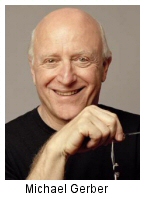 For practical, hands-on business development tips, you should attend the Marketing Summit of the
For practical, hands-on business development tips, you should attend the Marketing Summit of the .jpg) I found an excellent article in the St. Louis Bar Journal by lawyer
I found an excellent article in the St. Louis Bar Journal by lawyer  I recently got an email from a law firm asking, "Can you provide guidance for a group of 20 lawyers who wish to develop a unified style of expression in our status updates, tweets, posts, etc?"
I recently got an email from a law firm asking, "Can you provide guidance for a group of 20 lawyers who wish to develop a unified style of expression in our status updates, tweets, posts, etc?"


